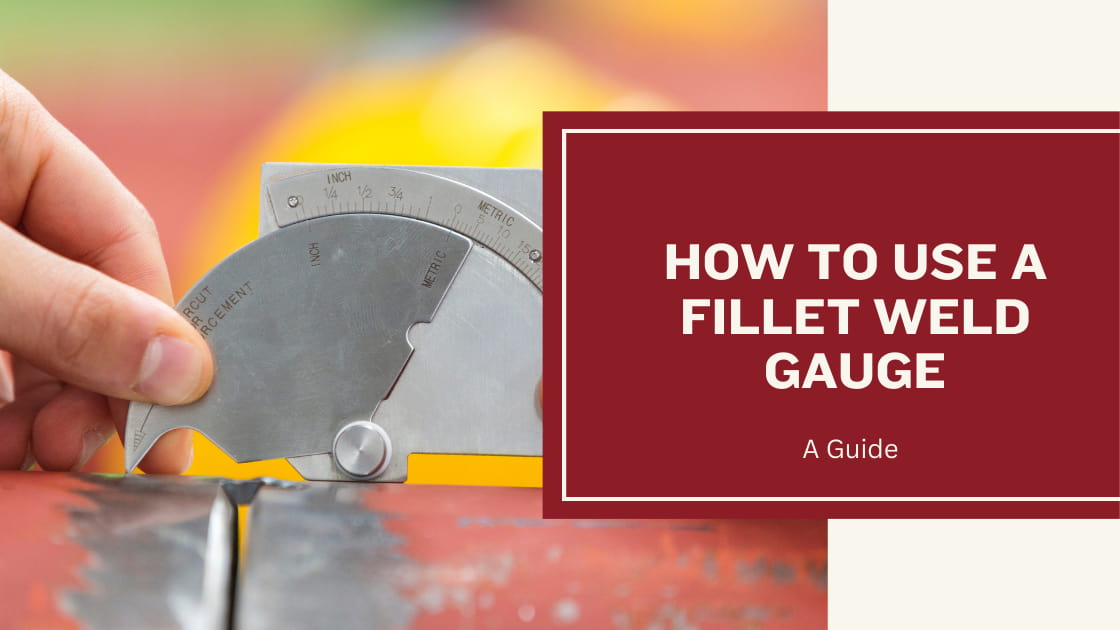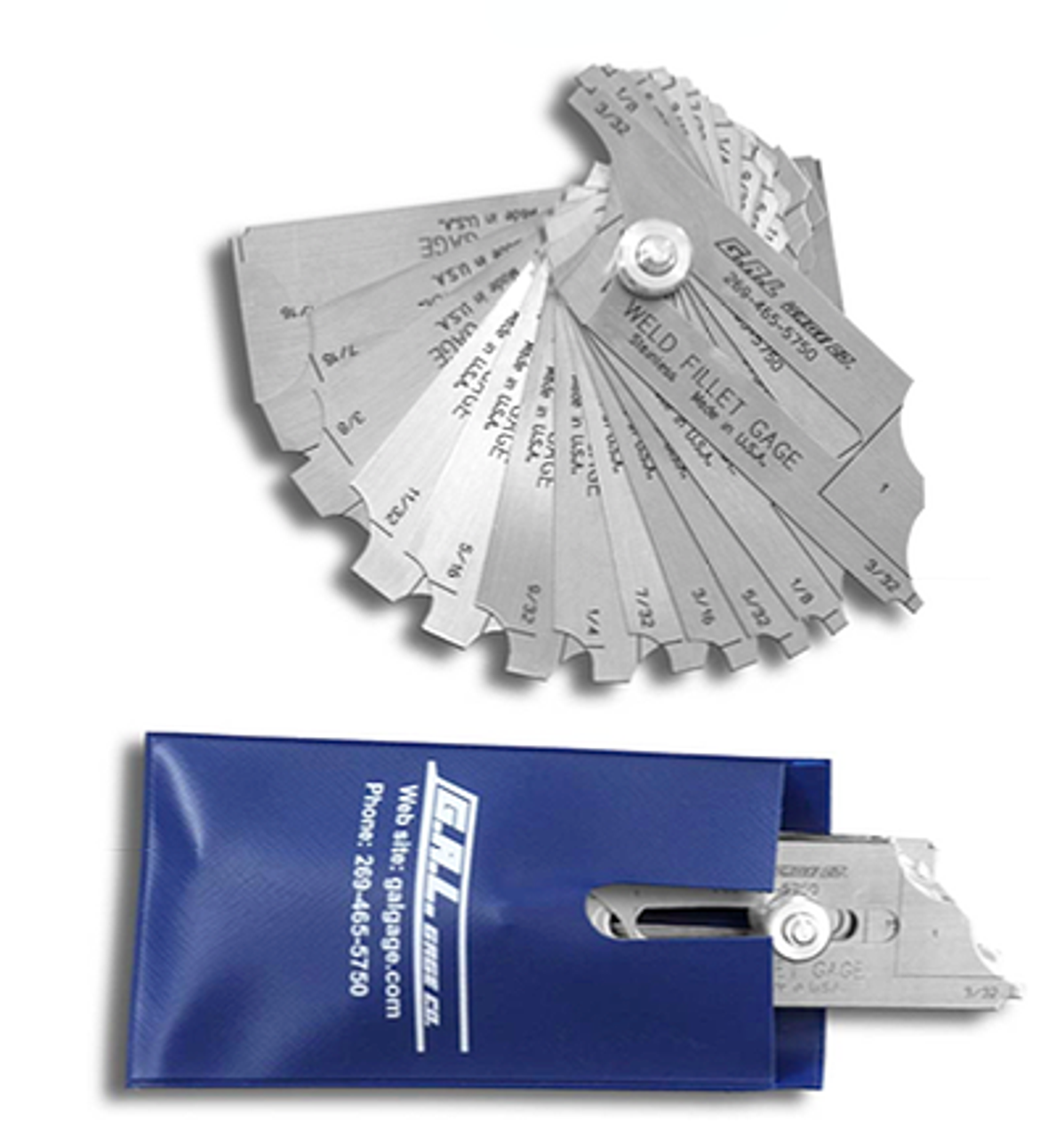Fillet Weld Design Techniques: Enhancing Joint Efficiency and Aesthetics for Structural Integrity
In the world of structural design and manufacture, the relevance of fillet weld style strategies can not be overstated. By meticulously considering aspects such as weld profile optimization, product choice, joint preparation strategies, welding procedure efficiency, and aesthetic enhancement makers, engineers and approaches can achieve an unified balance in between functionality and appearance in their bonded structures.
Weld Profile Optimization


Attaining an optimal weld profile entails a thorough factor to consider of elements such as material density, joint setup, welding position, and wanted welding speed. Additionally, the option of proper welding parameters, such as voltage, existing, and travel speed, is fundamental in managing the shape and measurements of the fillet weld. Utilizing innovative welding methods, such as pulse welding or robotic welding, can better fine-tune the weld profile to fulfill particular layout demands and quality criteria.
Fundamentally, weld account optimization is an essential facet of fillet weld design that straight affects the general performance and dependability of bonded joints in structural applications.
Product Selection Factors To Consider
When considering product selection for fillet weld style, the compatibility of the base steels is an important element affecting the architectural stability of the joint. It is vital to select products that not only weld with each other effectively however additionally possess similar mechanical homes to make certain the load is uniformly dispersed in between the weld and the base metals. Welding products with significantly different homes can bring about issues such as tension concentrations, premature joint failing, or breaking.
In addition, the setting in which the bonded structure will certainly run must be thought about when selecting products. Aspects like deterioration resistance, temperature level fluctuations, and exposure to chemicals can all affect the durability and efficiency of the weld joint. By picking products that appropriate for the intended application and environment, the overall toughness and integrity of the bonded joint can be significantly enhanced.
For that reason, extensive factor to consider of product compatibility and environmental aspects is extremely important in guaranteeing the weld joint's strength, resilience, and general structural integrity.

Joint Preparation Methods
Considering the important role product selection plays in making sure the architectural stability of fillet weld joints, it is vital to carry out precise joint preparation strategies that optimize the connection in between the base steels. Joint preparation is a vital action that directly influences the quality and strength of the weld. One essential technique is the cleansing of base metals to eliminate any type of impurities like corrosion, oil, or paint that could jeopardize the weld's honesty. This can be attained through methods such as grinding, wire cleaning, or chemical cleansing.
In addition, correct fit-up of the joint is vital to guarantee uniform distribution of the welding material and prevent defects like incomplete penetration or excessive build-up. Beveling the sides of the base steels can develop a groove that enables for deeper weld penetration and a stronger bond. Furthermore, tack welding the components in position before the final weld aids keep placement and minimizes distortion during the welding process. By diligently adhering to these joint prep work methods, welders can enhance the overall efficiency and aesthetics of fillet weld joints while ensuring architectural sturdiness.
Welding Process Efficiency
Efficient welding procedures are necessary for achieving ideal performance and quality in fillet weld construction. Procedures like gas steel arc welding (GMAW) and flux-cored arc welding (FCAW) are commonly used for fillet welds due to their adaptability and speed.
Regular calibration of welding machines, inspection of consumables, and upkeep of welding lanterns can protect against downtime and remodel, inevitably conserving time and resources. Well-trained welders are more adept at readjusting criteria, fixing concerns, and keeping regular weld quality.
Aesthetic Improvement Approaches
To maximize the high quality of fillet weld construction, executing visual improvement methods can play a crucial duty in making sure precision and accuracy throughout the welding process. Visual improvement techniques incorporate different strategies focused on improving the look and high quality of fillet welds. One common technique is the use of back removing systems to eliminate oxidation on the behind of the weld, resulting in a cleaner, a lot more aesthetically pleasing coating. Additionally, utilizing proper illumination setups in the welding area can boost visibility, enabling welders to keep track of the weld swimming pool and guarantee regular grain development. Aesthetic aids such as weld dimension gauges and amplifying lenses can assist in examining weld accounts and dimensions precisely. The use of contrasting marking materials or short-lived tacking can help in lining up and placing the work surfaces precisely prior to welding. By incorporating these visual enhancement approaches into the welding click here for info process, welders can accomplish not just structurally audio fillet welds yet also visually attractive outcomes that satisfy sector criteria.

Final Thought
In conclusion, enhancing fillet weld layout involves mindful consideration of weld profile, product option, joint preparation, welding process performance, and aesthetic enhancement techniques. By applying these techniques, architectural honesty can be improved while also attaining visual charm. It is necessary to focus on both performance and looks in fillet weld design to make certain the general top quality and resilience of the joint.
By website link diligently taking into consideration factors such as weld profile optimization, material choice, joint prep work techniques, welding process effectiveness, and visual enhancement engineers, producers and approaches can accomplish an unified equilibrium in between functionality and appearance in their welded structures.In the world of fillet weld layout, maximizing the weld account plays a critical duty in ensuring structural honesty and efficiency. The weld account, which includes the size and form of the weld cross-section, straight affects the distribution of tension and load-bearing capacity within the joint. It is important to choose products that not just weld together properly yet likewise possess similar mechanical homes to guarantee the load is equally distributed between the base and the weld metals - Gauge Fillet Weld.In conclusion, maximizing fillet weld style involves mindful factor to consider of weld profile, product choice, joint imp source prep work, welding process efficiency, and aesthetic enhancement approaches